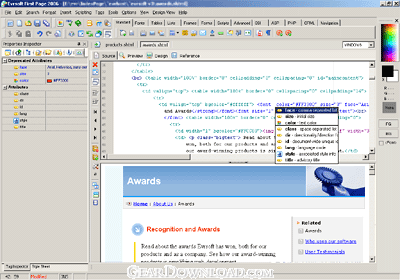

The advantageous application of a falling-film microreactor for a photochemical gas/liquid reaction was demonstrated by the selective photochlorination of toluene-2,4-diisocyanate (TDI). We found that the contaminated water negatively influenced the performance of the C-H chlorination. At a higher conversion of ethylene carbonate such as 63%, the selectivity for mono-chlorinated ethylene carbonate over di-chlorinated ethylene carbonate was 86%. The 100% selectivity for single chlorination required the low conversion of ethylene carbonate such as 9%, which was controlled by limited introduction of chlorine gas. We also found that the contaminated water negatively influenced the performance of C-H chlorination. The partial irradiation of the flow channels sufficed for the C-H chlorination, which is consistent with the requirement of photoirradiation for the purpose of radical initiation. Such short time exposition sufficed the photo C-H chlorination. When ethylene carbonate was introduced to the reactor, the residence time was measured to be 15 or 30 sec, depending on the slope of the reactor to be 15 or 5 ☌, respectively. The setup employed sloped channels so as to make the liquid phase thinner, ensuring high surface to volume ratio.


A novel photoflow setup designed for a gas-liquid biphasic reaction turned out to be useful for the direct use of chlorine gas in flow. We report flash C-H chlorination of ethylene carbonate, which gives chloroethylene carbonate, a precursor to ethylene carbonate.


 0 kommentar(er)
0 kommentar(er)
